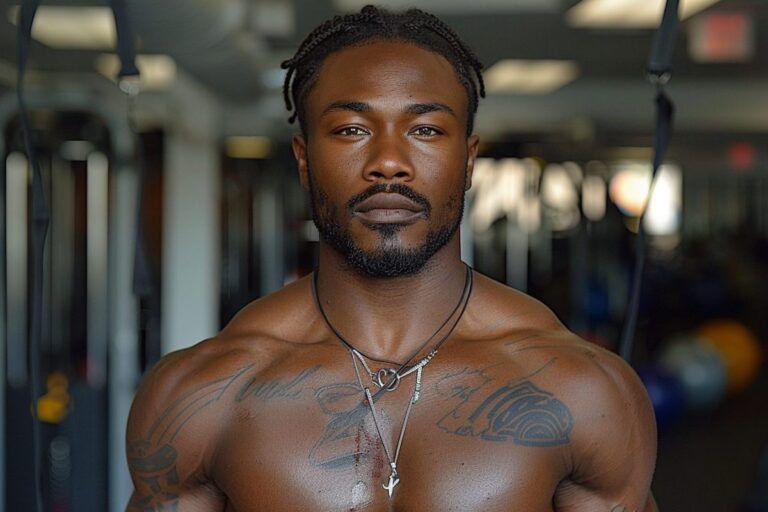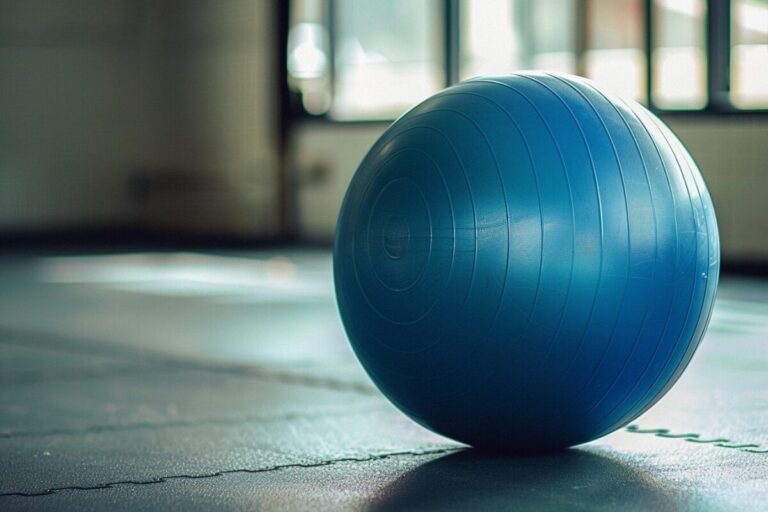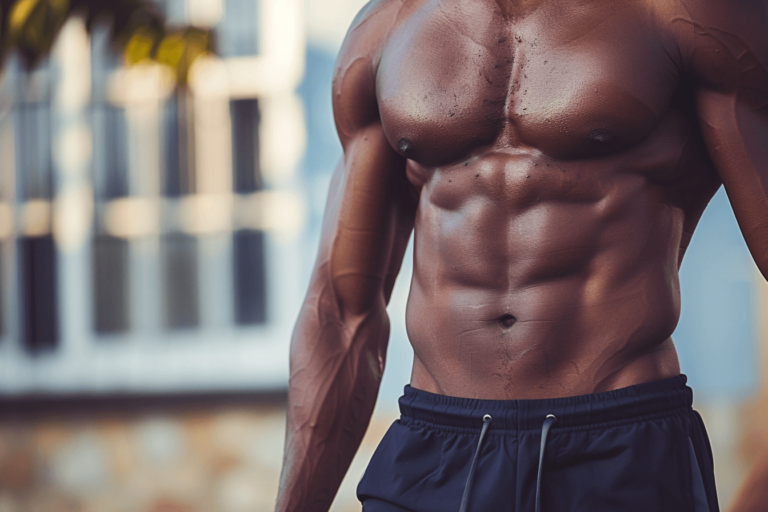People often advise against dumbbell flyes, claiming they are harmful to the shoulders.
However, it’s not the exercise itself that’s the problem, but how you execute it that matters.
Performing dumbbell flyes incorrectly and with poor form can lead to shoulder discomfort.
Let’s explore common mistakes in dumbbell flyes that could strain your shoulders.
Why Do I Feel Dumbbell Flyes in My Shoulders?
Feeling dumbbell flyes in your shoulders is usually due to improper form. The most common reason is to align the dumbbells with your chest, not your shoulders, during the movement. Remember to retract your shoulder blades, similar to a bench press, and keep your palms facing inward instead of pronated.
1. Aligning the Dumbbells with Your Shoulder Position
The dumbbell flye is often criticized as a chest exercise that may lead to shoulder problems.
However, it’s not the exercise itself that’s dangerous but how you do it.
A frequent error often seen during dumbbell flyes is the improper positioning of the dumbbells at the bottom of the movement.
Ideally, the dumbbells should be kept aligned with your chest, generally around nipple level.
Unfortunately, they often end up aligned with your shoulders instead.
This misalignment results in a deeper stretch in the shoulder area and places unnecessary strain on the shoulder joint.
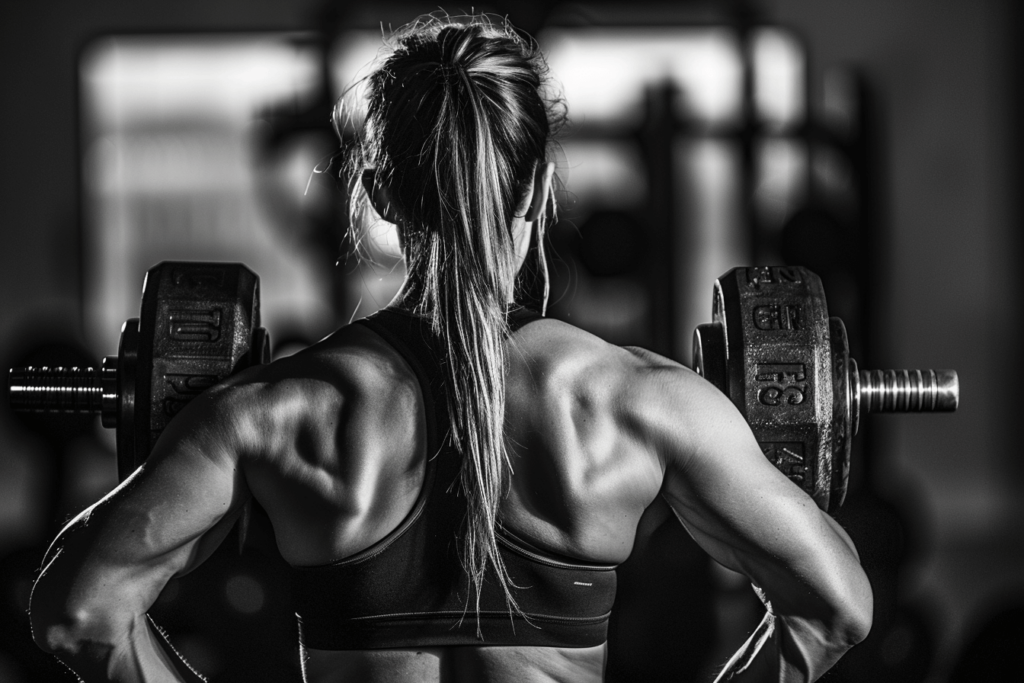
I recommend starting the exercise with light dumbbells or no weight at all to ensure proper form and guide the dumbbells correctly.
Dumbbell flyes can put the shoulders in a slightly vulnerable position, so it’s wise to warm up and stretch the shoulder and shoulder joints beforehand.
In fact, I suggest warming up the shoulders before any workout, including squats and deadlifts, as the shoulders are involved to some extent.
It’s important to note that the shoulder joint is unique compared to other joints, as its rotational movement capability increases the risk of injury.
2. Lack of Shoulder Blade Retraction
To execute a proper bench press, a key tip is to retract your shoulder blades. It may be termed as “packing the shoulder blades” or “retracting the scapula.”
Ensuring your scapula stays retracted involves pulling them back and down – similar to tucking them into your back pocket.
Another approach is to envision holding an imaginary tennis ball between your shoulder blades.
This technique not only provides a solid base but also raises you slightly off the bench.
While important for a successful bench press, maintaining this form is often overlooked during dumbbell flyes.
Nonetheless, a stable base remains essential to protect your shoulders from unnecessary strain.
Therefore, always prioritize retracting your shoulders before commencing dumbbell flyes.
VIDEO: How to Retract Your Scapula for Shoulder Press
3. Incorrect Hand Position: Palms Not Facing In
When starting dumbbell flyes, hold the dumbbells above you with palms facing each other in a neutral grip.
Maintain this grip as you lower the weights to avoid wrist shifts.
Any change in wrist position can strain your shoulder joint.
Consistency with the neutral grip is crucial for joint health during exercises like dumbbell flyes.
Pay attention to your palm and wrist alignment throughout every repetition.
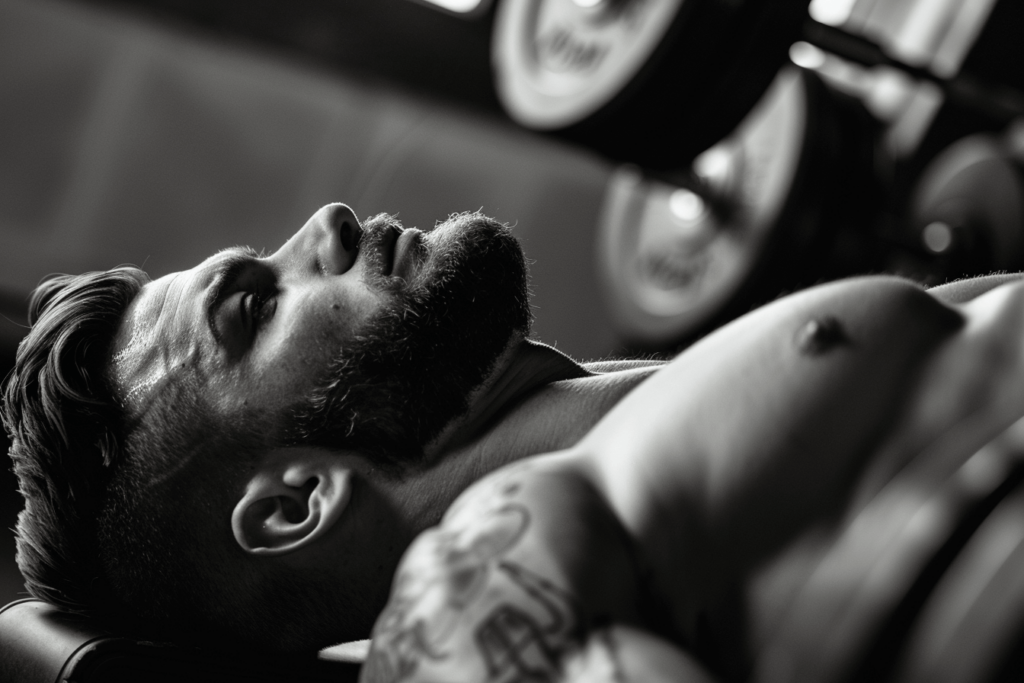
4. Excessive Weight Being Used
Many people struggle with poor form in exercises due to using excessive weight, and dumbbell flyes are no exception.
Focus should be on the movement rather than the weight itself. The peak contraction of the pecs at the top is where the real benefits lie.
It’s common for individuals to overlook this by prioritizing lifting heavier weights. While the stretch phase is important, it’s crucial to control the weight to maximize its effectiveness.
StrengthLevel offers standard guidelines, suggesting most should aim for weights between 15-30lbs for dumbbell flyes.

Concluding Thoughts
There are several reasons why you may feel dumbbell flyes in your shoulders.
One key reason is lowering the dumbbells in line with your shoulders instead of your chest.
Remember to keep your shoulders retracted during dumbbell flyes and maintain proper palm and wrist position.
Avoid allowing your palms to pronate or wrists to face forward.
And finally, don’t go too heavy with your weight. You need to focus on form first!


